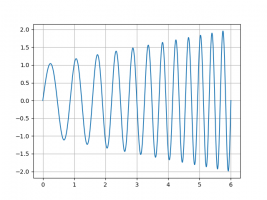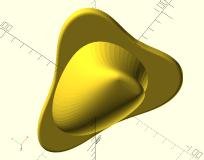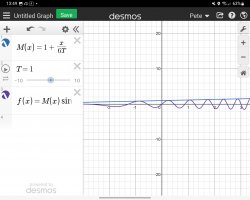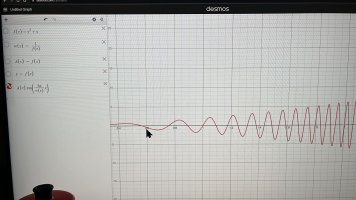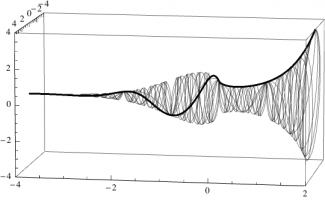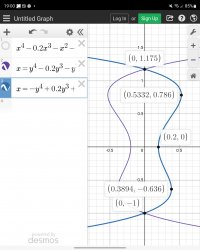Pete2112
New member
- Joined
- Aug 1, 2022
- Messages
- 12
I've been using Desmos unsuccessfully to try and produce a particular graph, but I'm not having much luck, so I'm asking here for help please.
Basically I'm looking for a sine (or cosine) type wave, that increases in amplitude whilst decreasing in wavelength. I need a section of about 6 cycles where the amplitude doubles whilst the wavelength halfs. So far, I can only find functions that increase both the amplitude and wavelength.
Any help would be appreciated
Basically I'm looking for a sine (or cosine) type wave, that increases in amplitude whilst decreasing in wavelength. I need a section of about 6 cycles where the amplitude doubles whilst the wavelength halfs. So far, I can only find functions that increase both the amplitude and wavelength.
Any help would be appreciated

